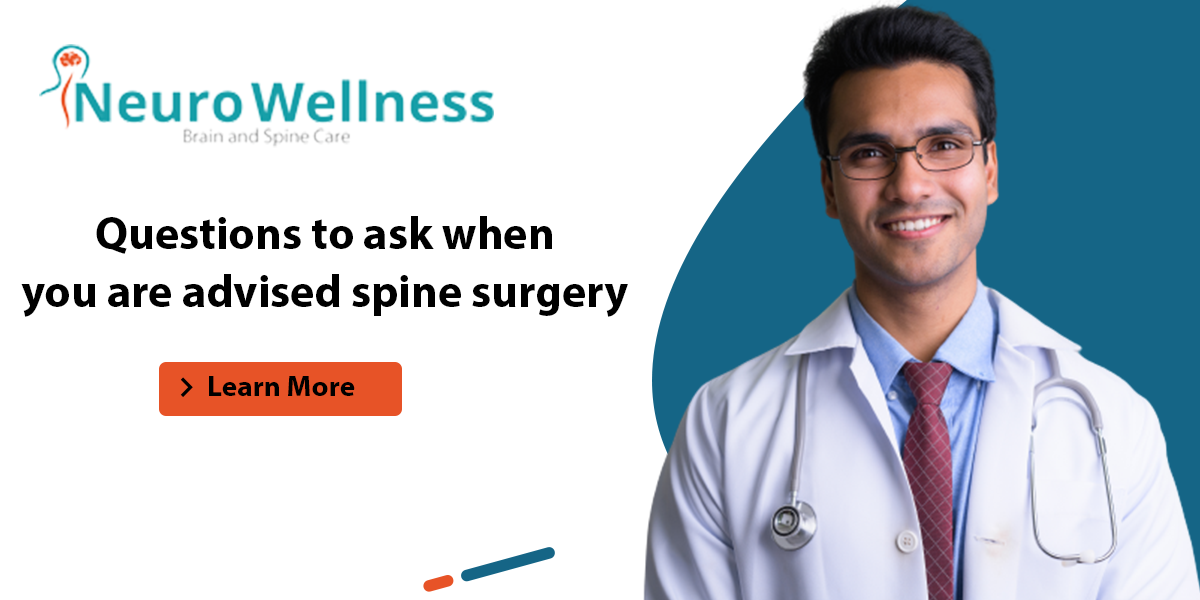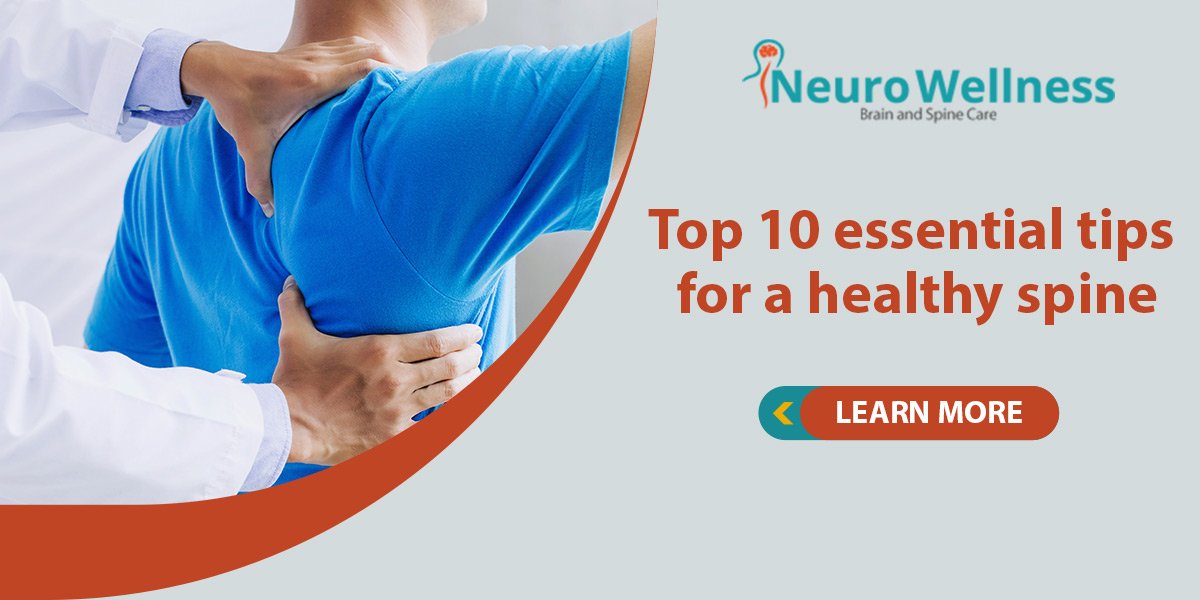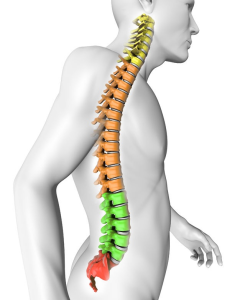Are you experiencing discomfort in your back? Looking for ways to prevent it from worsening? Well, you’ve landed in the place! Bangalore is renowned for its top-notch neurosurgeons and medical centers that offer treatments for pain.
In this blog post, we will discuss techniques to stop the progression of pain. From maintaining posture to staying adequately hydrated and more we will guide you through the steps to safeguard your back from further injury. Keep reading to discover insights, on protecting your back and halting the advancement of pain.
Understanding Pediatric Neurological Disorders
A pediatric neurological ailment is a group of illnesses that affect the nervous system, including the brain, spinal cord, and nerves. This disorder can result in a variety of symptoms, including developmental delays, seizures, decreased motor abilities, speech issues, and others. The following are some frequent pediatric neurological conditions:
Epilepsy:
One of the most prevalent neurological conditions in children, epilepsy is characterized by recurring seizures.
Cerebral Palsy (CP):
This condition affects muscle tone, movement, and motor skills and often results from brain damage during fetal development or early infancy.
Autism Spectrum Disorders:
ASDs are a class of developmental disorders that impact behavior, communication, and social interaction.
Disorders of Neurodevelopment:
This category includes conditions such as ADHD (Attention Deficit Hyperactivity Disorder) and learning difficulties.
Hydrocephalus:
This illness causes an overabundance of cerebrospinal fluid, which raises the pressure inside the brain.
Early Detection: A Critical Step
Improved Outcomes:
Identifying neurological issues in their early stages allows for timely intervention, increasing the chances of improved outcomes and quality of life for affected children.
Preventing Progression:
In some cases, early intervention can prevent the worsening of neurological conditions, reducing the need for more invasive treatments later on.
Support for Families:
Early diagnosis provides families with the information and resources they need to understand and manage their child’s condition effectively.
Personalized Treatment Plans:
Early detection enables healthcare providers to create individualized treatment plans tailored to the specific needs of each child.
Neurosurgery in Bangalore: A Hub of Expertise
Bangalore is also known as the ‘Silicon Valley of India’, it is the home of world-class medical facilities and the location of famous neurosurgeons. In treating neurological problems in children, neurosurgery in Bangalore offers an advanced spectrum of diagnostic instruments, updated technology, and a wealth of knowledge.
Here's how neurosurgery in Bangalore contributes to early detection and intervention:
Cutting-edge diagnostics:
Bangalore’s hospitals and clinics have access to cutting-edge diagnostic equipment, including MRI and CT scans, which are essential for early detection.
Multidisciplinary Teams:
Pediatric neurosurgery in Bangalore involves collaboration between neurosurgeons, pediatric neurologists, physiotherapists, speech therapists, and other specialists, ensuring comprehensive care.
Minimally Invasive Procedures:
Many neurosurgical procedures for children have become minimally invasive, reducing the risk, pain, and recovery time associated with surgery.
Rehabilitation Services:
Bangalore’s healthcare facilities offer robust rehabilitation programs to help children regain lost skills and reach their full potential.
Conclusion
Pediatric neurological disorders can be very difficult for both children and their families but earlier detection and care improve the lives of young patients. neurosurgery in Bangalore, with its knowledge and unique technologies, plays an important role in this process, providing hope and better outcomes for children with neurological issues. If you are feeling your child has a neurological issue, don’t hesitate to seek medical professional advice in Bangalore in order to give the best treatment and we are here to support your child’s future.







